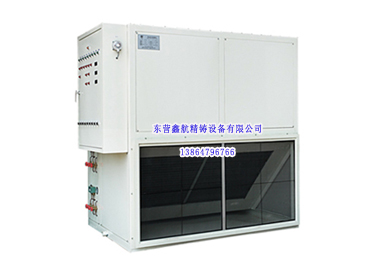
PRODUCTS产品中心
Home >Constant humidity machine
Service Hotline
13864796766

1、 Product Features
The core of a constant humidity machine is "stable humidity". According to the target environmental requirements, it is divided into humidification type, dehumidification type, and bidirectional constant humidity type (with both humidification and dehumidification functions). The specific functions are as follows:
1. Dehumidification function: When the ambient humidity is higher than the preset value, it reduces the moisture content in the air, avoiding problems such as mold, corrosion, and electrical failures caused by humidity.
2. Humidification function: When the ambient humidity is below the preset value, it replenishes water vapor in the air to prevent material shrinkage, static electricity generation, personnel discomfort and other problems caused by drying.
3. Intelligent stability: Real time monitoring of humidity through sensors, automatic switching of humidification/dehumidification modes, controlling humidity fluctuations within a small range (usually ± 2%~± 5% RH), meeting high-precision scene requirements.
2、 Key technical parameters
When choosing a constant humidity machine, it is important to pay attention to the following parameters to ensure that they match the requirements of the usage scenario:
1. Humidity control range:
Conventional scenario: RH 40%~60% (such as office, archive room);
High precision scenarios: RH 30%~50% (such as electronic workshops, laboratories);
Low humidity scenario: RH 10%~30% (such as lithium batteries, semiconductor storage).
2. Humidity control accuracy:
The core indicator for measuring equipment stability is the precision of mainstream industrial grade constant humidity machines, which is * * ± 2%~± 5% RH * *, and laboratory grade machines can achieve ± 1%~± 2% RH.
3. Handling air volume:
The air volume that the equipment can handle per unit time (unit: m ³/h) needs to match the volume of the space being used (usually calculated based on "3-5 air changes per hour", for example: 50 ㎡ x 3m floor height=150m ³ space, equipment with an air volume of 450-750 m ³/h needs to be selected).
4. Humidification/dehumidification capacity:
Humidification capacity: the amount of water vapor that can be replenished per unit time (unit: kg/h, such as 0.5kg/h, 2kg/h);
Dehumidification capacity: the amount of water vapor that can be removed per unit time (unit: L/d, i.e. "daily dehumidification capacity", such as 10L/d, 50L/d, please note the operating conditions: usually 27 ℃/RH 60%).
5. Applicable ambient temperature:
Conventional constant humidity machine: 5 ℃~35 ℃ (ambient temperature environment);
Low temperature constant humidity machine: -10 ℃~25 ℃ (such as cold storage, low-temperature laboratory);
High temperature constant humidity machine: 35 ℃~50 ℃ (such as in high-temperature workshops and tropical regions).
6. Energy consumption and power supply:
Power: Dehumidification type usually has a power of 800W~3kW, humidification type usually has a power of 500W~2kW (bidirectional type is higher, depending on the working conditions);
Power supply: Civil/small equipment mostly uses 220V single-phase electricity, while industrial large equipment mostly uses 380V three-phase electricity.